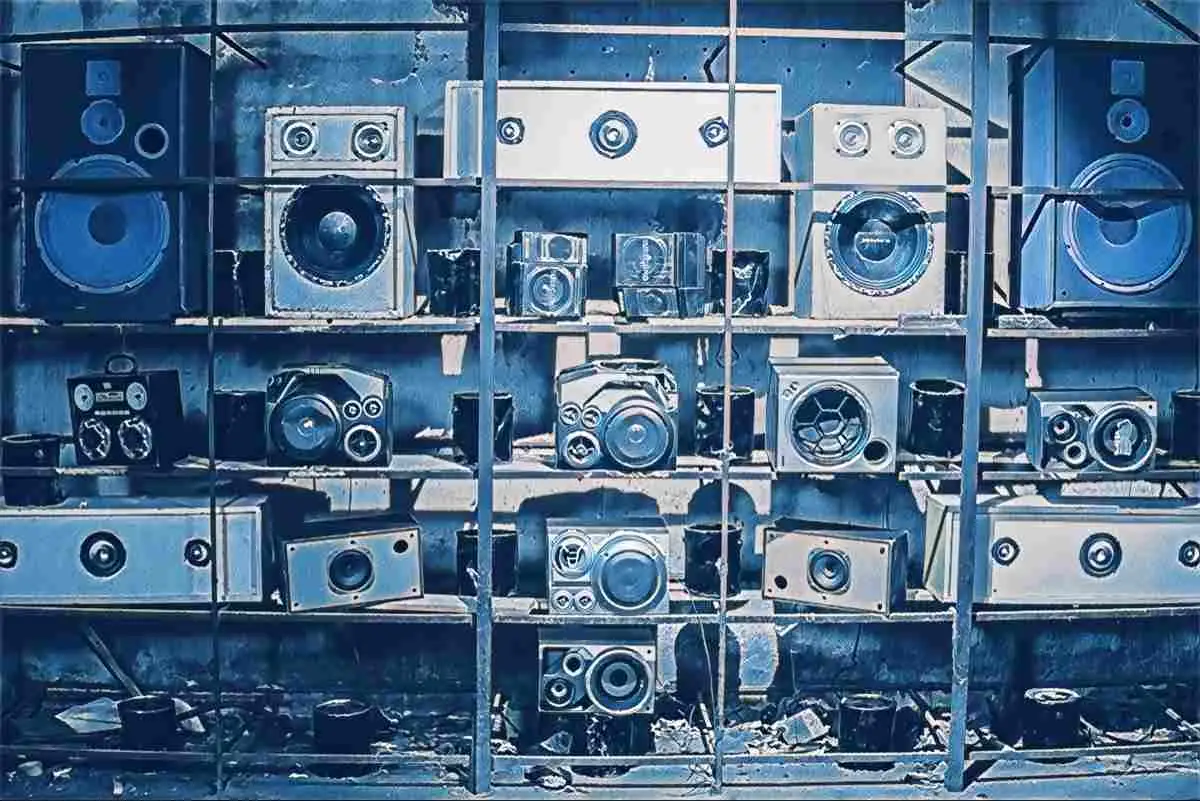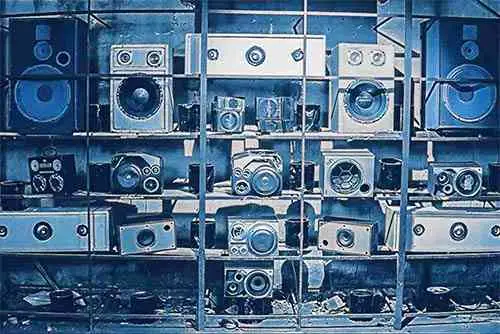Unless you have been living under a rock, you have likely heard of lo-fi music.
If anything, you’ve probably stumbled upon the 24-hour streams on YouTube labeled “Lo-Fi Beats To Study and Relax To.”
Lof-Fi or Low Fidelity music, which stems from hip hop, is reminiscent of the classic style of sample-based hip hop, which appeared in the late 70s and lasted until the late 90s. The genre has become ultra-popular thanks to producers like Harris Cole, Idealism, Nujabes , Knxwledge, and others .
If you landed on this article, you’re probably looking to learn how to make lofi hip hop. Luckily for you, I’m going to dive in and explore this relatively new genre of music and provide you with a few tips and techniques so that you can get started with making your own.
What Is Lofi Music?
Lofi music is a unique genre that makes use of lo-fi sounds, drawing plenty of inspiration from old-school hip-hop and boom bap music. In lofi music, you'll typically hear lots of effects like vinyl crackle, tape machine warble, and bit reduction.
The History of LoFi Music
Over the past decade, lofi music has become extremely popular. However, long before the lofi music of today, producers were making lofi hip hop in the 90s. Musicians and music producers began getting ahold of samplers and drum machines, sampling old-school jazz music.
As for the term 'lofi music,' it is believed to have originated with a WFMU DJ named William Berger, who ran a weekly show by the name of 'Low-Fi.' For this show, Berger would play low-fidelity musical recordings that stemmed from low-end recording equipment in home studios .
What's Different About LoFi Music?
Lofi music has come a long way since the 90s, gaining the attention of the masses over the past decade. A quick look at YouTube or Spotify and you'll see thousands of playlists dedicated to 'chill lo-fi' or 'mellow lofi beats.'
Lofi hip hop is a uniquely unobtrusive genre that fits nicely in the background of just about any everyday situation, whether you're hanging out at home, studying for the big test, or getting some work done.
Because the majority of lofi hip hop does not have vocals, you won't get distracted, making it the perfect music for focusing. Lofi beats are great for helping you feel more relaxed or less anxious.
Examples of Lofi Music
There are plenty of artists in the lo-fi hip hop realm nowadays, though when it comes to the most iconic artists in the game, there are a few worth mentioning.
Nujabes
Seba, otherwise known as Nujabes , was a Japanese record producer and one of the legends of lo-fi hip hop music and the 'godfather of chillhop.' He was known for his atmospheric mixing style, using elements of jazz and hip hop. He also collaborated with many Japanese artists, such as Shing02, Uyama Hiroto, and Minmi, which gave him a unique sound compared to American lo-fi hip hop artists of the time.
Kupla
Kupla is 30-year-old Finnish producer currently residing in London. His music ranges from piano-laden beats to field recordings and beyond. He started a channel back in 2015 called Chilledcow , which helps spread the word for talented lo-fi beatmakers out there.
Jinsang
Jinsang has slowly become a household name in the lo-fi hip hop scene. This Vietnamese producer takes an organic approach to lo fi hip hop and the artwork surrounding his tracks.
With a few albums out, each of which have carefully-crafted arrangements, there is no doubt that he will be a legend in next decade.
How To Make Lofi Hip Hop In 5 Steps
- Find a Good Jazz Chord Progression
- Find a Drum Beat
- Write the Bass Lines
- Getting Creative with Lo-Fi Effects
- Finalizing Your Mix
Step 1 - Find a Good Jazz Chord Progression
When you're trying to make lofi hip hop, you will likely start by sampling a chord progression from an old jazz record or something of the sort. However, if you have musical abilities and understand how to draft up your own jazz chords, you might consider writing a chord progression and resampling it.
Consider using a MIDI instrument that you might find on an old vinyl record, such as a piano or Rhodes. You might even create a chord progression with your guitar if you're a guitarist.
To start, create four solid chords for your progression, as you will loop these chords throughout.
If you decide to work with MIDI , you will freeze, flatten, or commit your MIDI to audio so that you can chop it up into smaller segments and create unique arrangements.
Step 2 - Find a Drum Beat
When trying to make lofi hip hop, you need to have a good drum loop. Of course, not any drum loop will do for a lofi beat. You need one that is dusty and old-school sounding.
It is important that you find the right drum samples to begin with so that you can minimize the amount of work you need to do in post.
When looking for drum samples, try to find kit pieces that are similar in character. You can also look for loops . Whatever the case, the idea here is to look for drums that sound imperfect. Think background noise, saturation, and rolled-off high-frequency information.
While you can experiment with drum grooves, I highly recommend checking out some boom bap music to get a feel for how you should arrange your drums.
Step 3 - Write The Bass Line
The bass line in a lofi beat is typically pretty mellow. For starters, I recommend looking for a soft, focused bass sound with a fair amount of sub and some high harmonics on top. If you choose to go with a simple sine wave, make sure to run it through some type of saturation to give it some extra life.
Start writing your bass line underneath your loop. While the bass notes you use don't have to be the root of the chord, it might be good place to start, especially if you don't have a good grip on your music theory.
Add variety like a bassist would. Create small riffs in emptier passages or mess around with octaves and syncopation.
Even prior to mixing, your bass should sit nicely with your lo fi beat. Make sure nothing is clashing or getting in the way.
Step 4 - Getting Creative With Lo-Fi Effects
The secret sauce of any great lofi beat is the FX. One of the most commonly heard lofi effects is vinyl crackle or static noise. You can typically let this effect play throughout the whole track and sidechain it to the kick to make it breathe a bit.
Beyond that, you might consider adding some unique electronic FX to your hip hop beat as well, such as sweeps, ambient textures, etc. Organic sounds tend to work nicely too, including chimes, percussion, or foley.
You can add these sounds throughout your track tastefully wherever you believe it'll compliment your beat .
While vocals aren't common practice in lofi hip hop, you might consider getting an old vocal sample and processing it with EQ and distortion to give it an old-school sound. From pitch-shifting to dub-delays, the experimentation goes on forever.
Step 5 - Finalizing Your Mix
The leap from your rough mix to your final mix shouldn't take a long time. The main thing is to make sure your volume balance is correct.
Just like in regular hip-hop, you want your kick and snare to set the groove and be the main focus. Your sub bass should be loud enough to create a foundation for the track, while your other sounds, such as hi hats, FX, melodies, and chords can play supporting rolls.
You might notice that your track sounds a bit muddy . If so, try cutting out some low frequencies in sounds where they aren't necessary. Your kick and sub bass should take up the low end.
If you find that your kick and bass are fighting for the sub frequencies, you might consider sidechaining your bass to your kick. Some lo-fi producers even go as far as sidechaining all of the elements to the kick.
How To Find Samples For Lofi
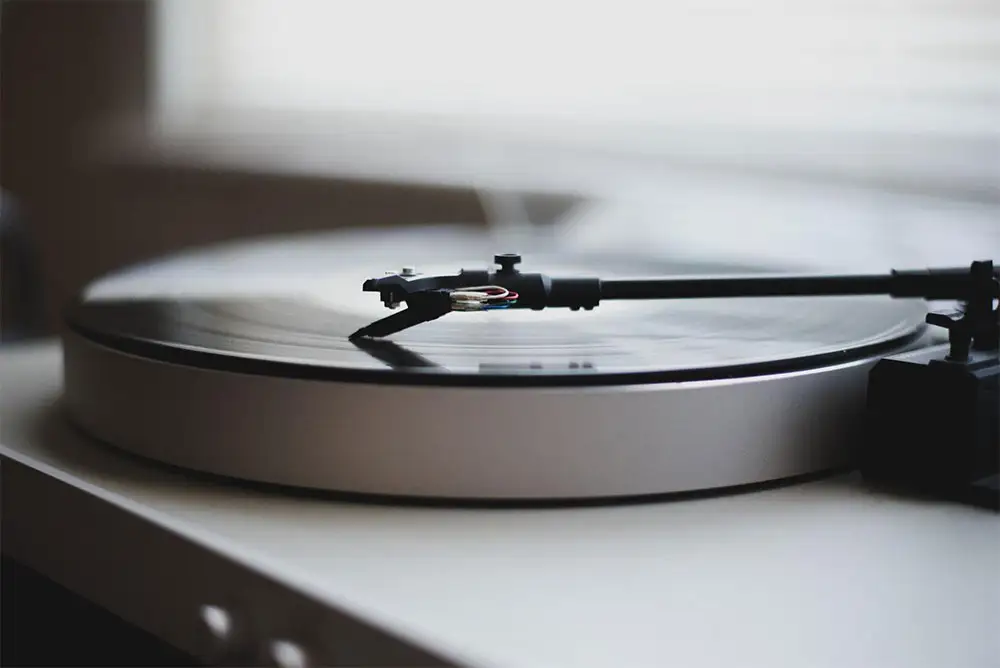
When it comes to making lo-fi music, you need to have suitable samples. Typically, you’ll want to stay in the BPM range of 70-100 bpm, so keep that in mind when choosing your samples. You should also try to stay within a 4/4 time signature. However, the key of the track is totally up to you!
The main idea is to make the listener feel nostalgic .
You can do that by picking the right melody and chords. Think about some memories you love, such as walking on the beach with your dog, watching the sunset with a loved one, or kicking it with a few friends. Use that memory as inspiration when searching for your sample.
There are plenty of great resources for samples, including:
- Splice
- YouTube
- Record Stores
If you’re musically inclined, you can record your own chords into a four-bar loop and sample yourself.
When trying to decide on the instruments to use, you want to use old jazz records as inspiration. Think Rhodes keyboards, hollow-body guitars, double bass, piano, string quartets, etc. Many classic jazz records often use brass and woodwinds to spice things up as well.
Writing The Perfect Lo-Fi Chord Progression
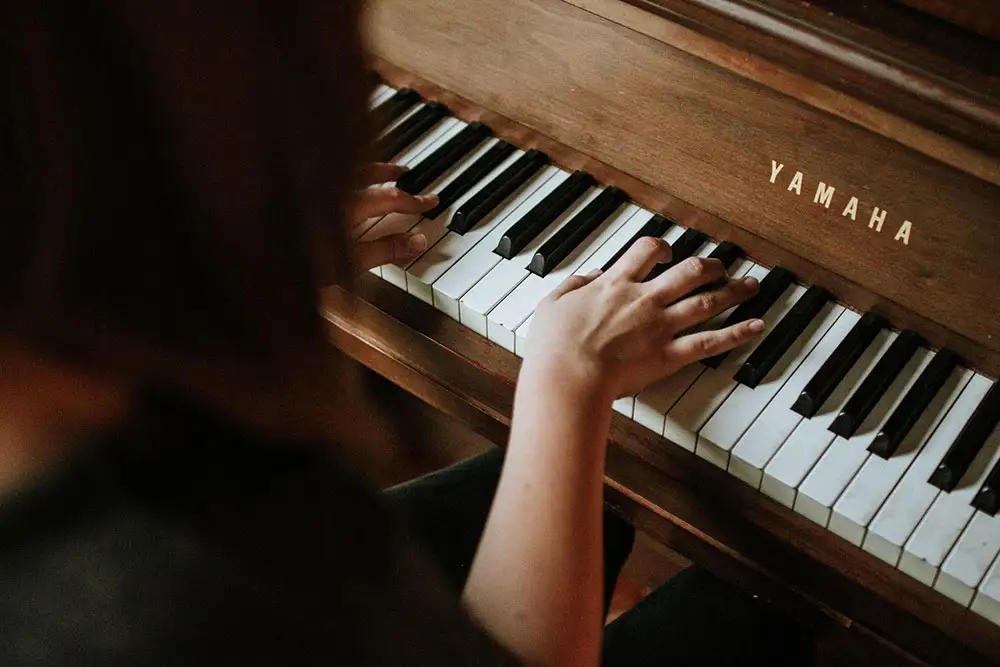
Again, lo-fi music pulls from the same components we find in old-school hip-hop, specifically jazz chord progressions . You’ll likely hear tons of lo-fi music producers using ii-V-I chord progressions in their tracks with the addition of seventh and ninth intervals attached to the chords for an added bit of flavor.
Of course, you don’t necessarily need to know anything about music theory if you’re simply searching for jazzy samples, as you truly just need to use your ears. However, if you decide to write your own progressions using real instruments or VSTs , I recommend brushing up on your music theory.
Getting Those Dusty Drums
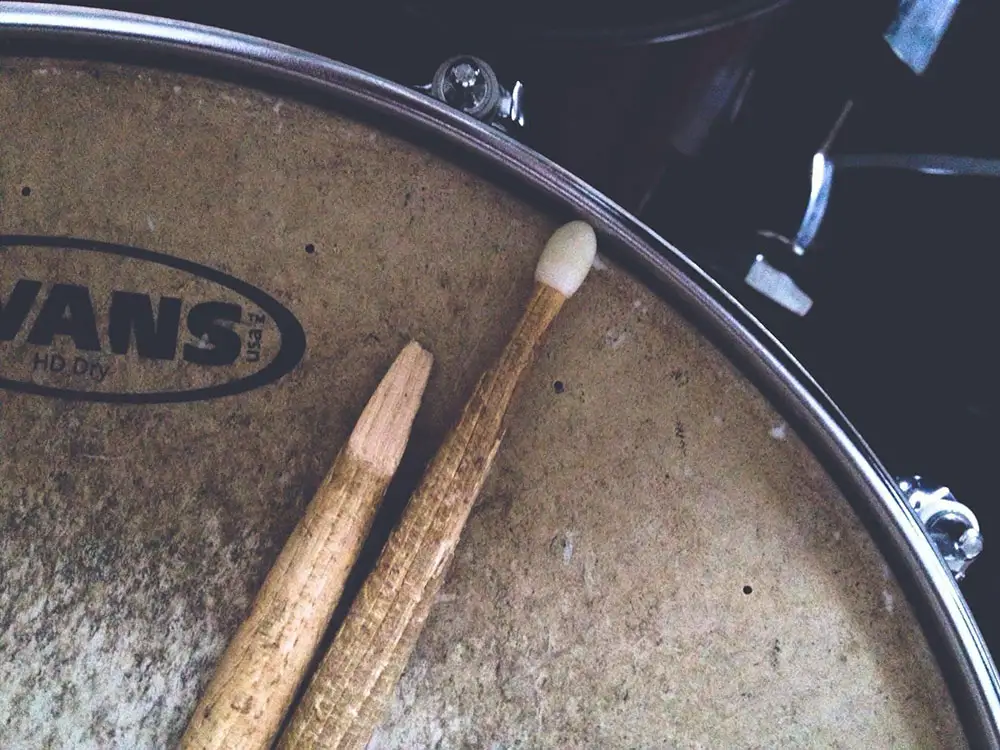
Drums are one of the essential elements in lofi hip hop music. However, you can’t simply throw an 808 and a rimshot on your lo-fi track before calling it a day. Drums in lofi hip hop music need to sound dusty and, well, lo-fi!
One of the best ways to do this is by starting with the right lo-fi samples. While you can do a bit of additional processing, in the end, it’s better to spend time searching for the perfect samples to keep your post-processing minimal.
Listen to some lo-fi music and think of what you hear. You probably hear muffled kicks, thick, snappy snares, and soft hi-hats. When searching for these samples, they all must share a similar aesthetic. If you can grab drum samples or loops from the same track or sample pack, that’s always better, as they’ll share the same “room” tone.
It’s even better if these lo-fi samples have a bit of background noise or saturation already applied!
There are plenty of ways you can go about making a drum groove for your lo-fi tracks, though this is the one method I highly recommend:
- Start with a fully sampled jazz drum groove and create a four-bar loop under your chord progression.
- Find a dusty, lofi hip-hop kick and snare sample that you can layer atop the drum groove.
- Layer your kick samples atop the sample kicks and your snare samples atop the sample snares.
With this method, you get the jazzy, realistic roominess of recorded drums and sampled drums’ attitude and punch.
To spice things up, you mustn’t forget about percussion! Most lo-fi songs have it. While you can add standard percussion instruments, such as shakers, bongos, or bells, I recommend going for something a bit more unconventional.
Try some stick clicks, finger snaps, key jingles, or glass bottle hits. Sample something around the room and find unique ways to layer it over your drum groove! Plus, you can manipulate your samples using EQ and saturation to get a lo-fi sound.
Check for sample packs with lofi drums and drum patterns. You may even be able to find some sample packs with lofi drums using MIDI, meaning you can arrange them on a piano roll and create unique rhythms for your dusty drums.
Important Lo-Fi Recording Techniques
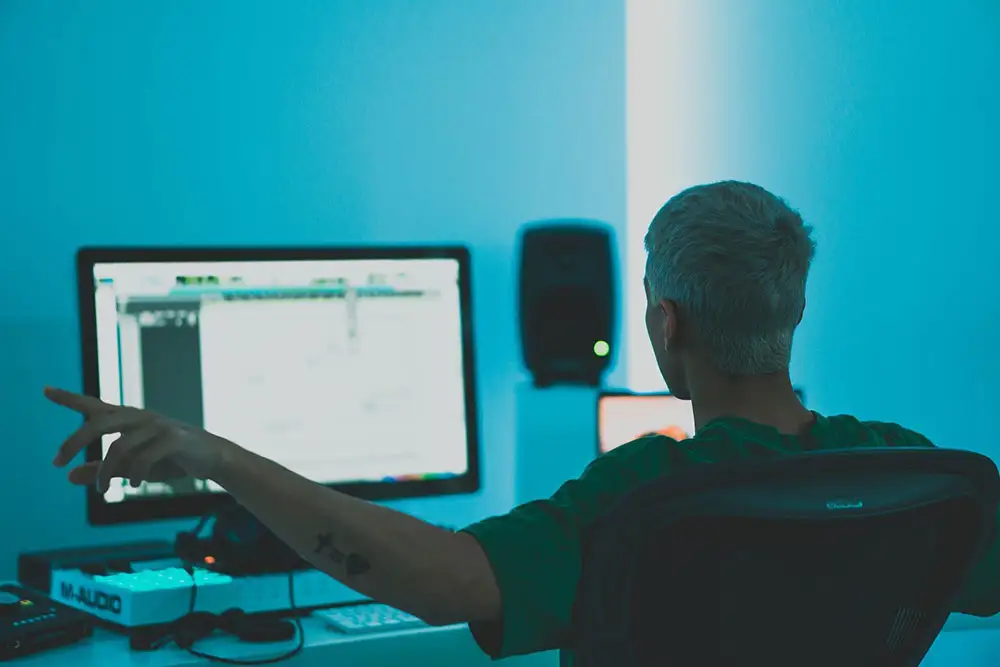
Once you have your elements laid out and looping, it’s time to add some flavor using a few standard lo-fi production techniques. Let’s take a look at three production techniques found in just about any solid lo-fi track.
Lo-Fi Audio Effects
Now just because your drums and samples sound good and ready does not mean you can’t manipulate them even further and put your own spin on them! Often, you will hear effects like delay , reverb , chorus , phaser, flanger, and more.
Having an understanding of each of these audio effects will help you spice up your tracks. One of our absolute favorite effects for lo-fi music is the bit-crusher .
Bit-crushers reduce the overall resolution of a sound by lower the sampling rate. This effect adds a unique flavor of distortion that helps mask the cold, high-fidelity digital audio world. Most DAWs have some form of bit-crusher integrated into them, though there are plenty of solid, third-party bit-crusher plugins out there.
Tape Saturation
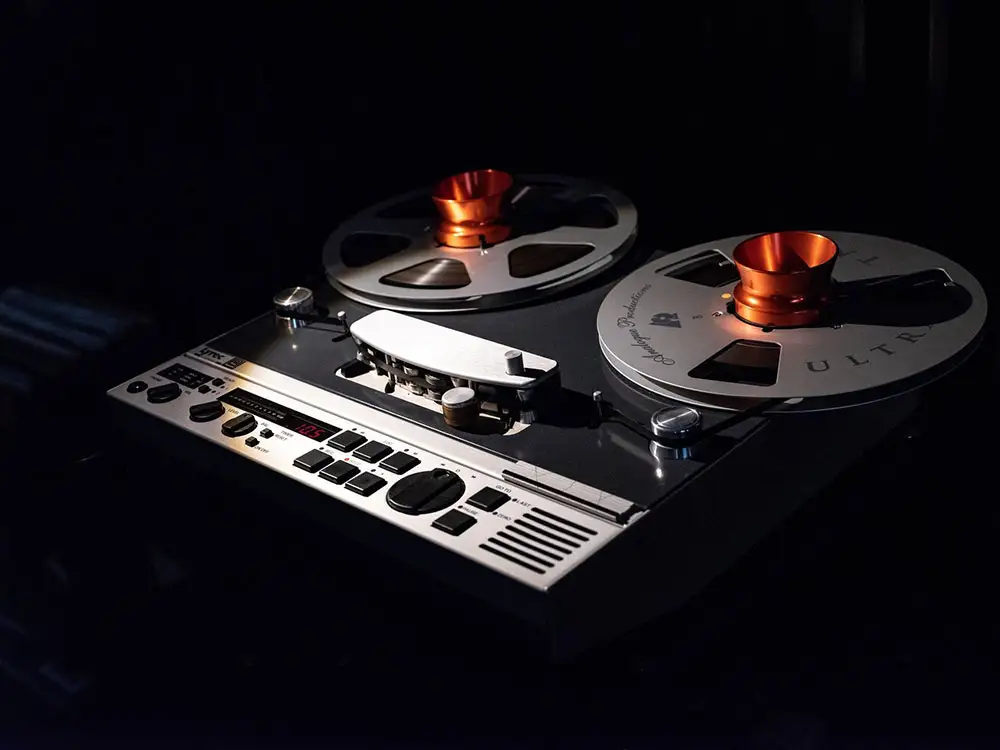
There are so many benefits to tape saturation that I could write an article detailing my undying love for it. In lo-fi music, tape saturation is KEY.
Back in the day, recording engineers would purposefully add more audio to tape to get a beautiful and warm distortion sound. Unlike your DAW, the tape had physical limitations, which would give audio subtle saturation, compression, and phasing.
Engineers often use tape machines to add unique irregularities to the sound, including warble and high-frequency roll-off.
Now, before you go out and spend thousands on a vintage tape machine, you’ll be happy to know that there are plenty of tape saturation plugins out there that can emulate the characteristics of old tape machines. Some of our favorites include:
We often apply Tape saturation to tracks here at eMastered to get warmer, cohesive, and harmonically complex masters.
Ambient Textures

Lo-fi music is about nostalgia. It can take the listener back to a place in time. To create the right headspace for listeners, we recommend using ambiance in your tracks to build an atmosphere.
Lo-fi music often uses unique ambient recordings that add small details and fill out the empty space without feeling distracting. We recommend looking for samples such as analog noise, vinyl crackle , or room tone.
You can also find subtle ways to add field recordings to your track, such as rain sounds, chirping crickets, or ocean waves.
To make your track unique to you, I recommend making your own ambient recordings. All you need is a smartphone! Go out into the world using your track as inspiration to find the right atmospheres to sample. Head down to your favorite beach and sample the waves, or take a walk by your favorite lake late at night to capture the quiet croaking of frogs.
Let your music guide you!
Setting The Mood For Lo-Fi Music Production
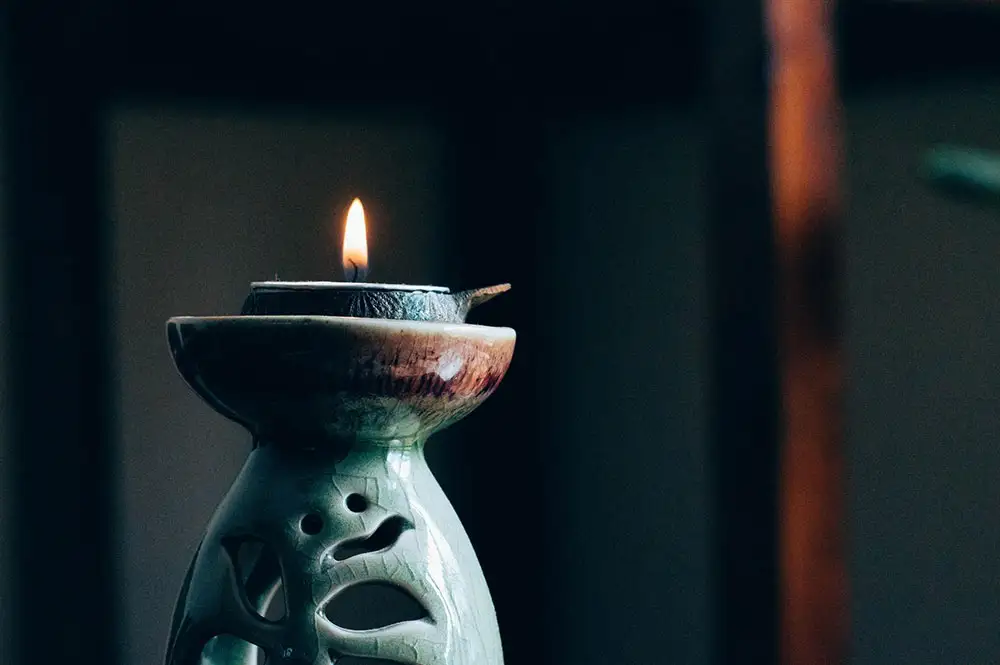
Lo-fi music is a very nostalgic and reflective genre of music. You want your lo-fi track to induce those emotions into the minds of your listeners. As the producer, it’s up to you to set the stage for yourself so that you can write with that feeling in mind.
For instance, it can be difficult to write great lo-fi music if you’re trying to produce in the kitchen with many people scurrying around you or on a bus ride back home with your laptop.
Find a space that you can call your own for the time being and set it up. Even if you don’t have the luxury of having a home studio , that doesn’t mean you can’t go into your room, dim the lights, light some candles, burn some incense, and get into the vibe. No space in your house? Consider taking your music production laptop and a good pair of headphones to a nearby park, lake, or viewpoint.
Let the silence of nature inspire you.
Approach making lo-fi music with the right mindset, and we guarantee your music will come out much better right off the bat.
The Importance of Active Listening In LoFi Music Production
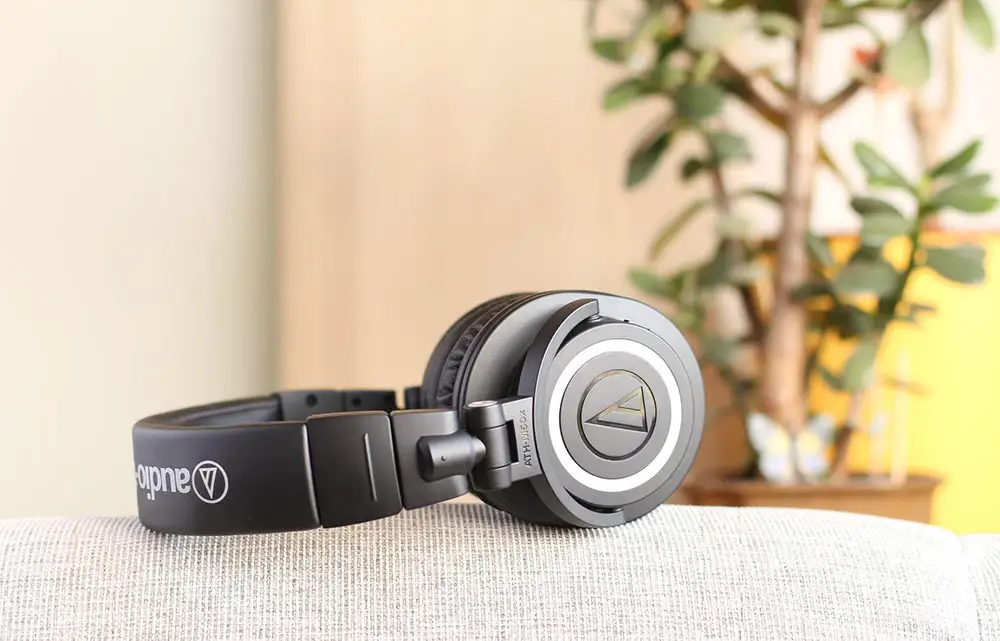
While we all listen to music, the truth is that most people listen to music passively. Passive listening is the type of listening you do while driving to work/school, folding laundry, or hanging out with friends.
We all do it. In the age of streaming, it’s even more true. However, as a producer, you need to start listening actively . Get yourself into a quiet space, put on a pair of headphones, and LISTEN to the music you are playing.
The beauty of active listening is that you begin to hear things you’ve never heard before. You may have never noticed that the dusty vinyl crackle sample in your favorite lo-fi track was side-chained to the kick or that the floating, ethereal guitar part was slowly panning from left to right.
By isolating these elements and hearing how they are layered together to create a whole song, you can draw yourself a roadmap for your own tracks. You may even get inspired to create something you would have never considered on your own!
Here are a few questions to ask when active listening:
- What instruments are playing in the song?
- How are those instruments used in the song? Main rhythms? Counter rhythm? Melody? Leads? Ambiance?
- How Is The Song Structured?
- What is the chord progression? Does the bassline play on the root of the notes, or does it use an inversion?
- Do things slowly change from section to section, or are there repeated parts?
FAQs
Who Invented Lofi?
While no one is sure who it was that invented lofi music for sure, many people agree that it stemmed from WFMU DJ William Berger of East Orange, NJ. He coined the term 'lo-fi' while running his weekly program surrounding music recorded at home.
What Classifies as Lofi?
Lo-fi or low-fidelity music is basically any type of music where you can hear imperfections. Typically, this aesthetic is one that is deliberate to invoke nostalgia.
Is Lofi Music Good For Studying?
Studies show that because of the way our brains are programmed, Lofi music is great for studying! With lofi music, we can force our brains to engage and get into the focused mindset.
Does Lofi Music Help With Anxiety?
In the same way that lofi music can help someone relax or focus, it can also help calm one's nerves and take them away from any internal anxiety or external chaos. It's a wonderful way to wash out the often harsh and unpredictable outside world.
Does Lofi Music Help You Sleep?
Lofi music can help improve your ability to sleep thanks to the fact that it calms certain parts of the autonomic nervous system. Slow-tempo lofi beats can slow your breathing rate, reduce blood pressure, and keep your heart rate down.
Why Does Lofi Make Me Feel Nostalgic?
The way in which the tracks in a lofi beat sound and the way in which they are arranged invoke a nostalgic sensation. The visuals that often accompany lofi music are nostalgic as well, which is why many people often link a feeling of nostalgia to their listening experience.
How Do I Convert a Song To Lofi?
To convert a song to lofi, you use certain effects to give it an old sound recording aesthetic. Taking of the high and low frequencies with EQ , adding some distortion or saturation with a tape machine plugin, or using bit-crushers to lower the audio quality, are wonderful ways to convert high-fidelity sonds to lofi.
What Instruments Are Used In Lofi?
More often than not, you will find organic instruments in lofi music, such as dusty drum beats, piano, guitar, horns, rhodes, and more. Look for instruments found in old jazz recordings to get a better sense of the instruments you might consider using.
What BPM is Lofi?
If you want to create a lofi track, you might consider using a laid-back tempo anywhere from 60 to 85 BPM. These BPMs are often found in the world of hip-hop, RnB, and trip-hop.
What Key Is Lofi?
Lofi music can be in any key, major or minor, though you might want to consider using non-diatonic chords to keep your progressions and melodies a bit more interesting. Major keys can feel more hopeful and nostalgic while minor keys can feel sad and dark.
Keep It On The Lo-Fi
By now, you should have everything that you need to start producing Lofi music!
Lo-fi music is a beautiful form of electronic music in that it can connect so many people from all walks of life. This type of electronic music is simple, nostalgic, and perfect for escaping from the worries and troubles of the day-to-day.
Head over to YouTube, start listening to some of those 24-Hour Lo-Fi hip hop streams, and study what you hear. Maybe soon, you can add your music to one of those streams and be the inspiration for other young producers out there.


